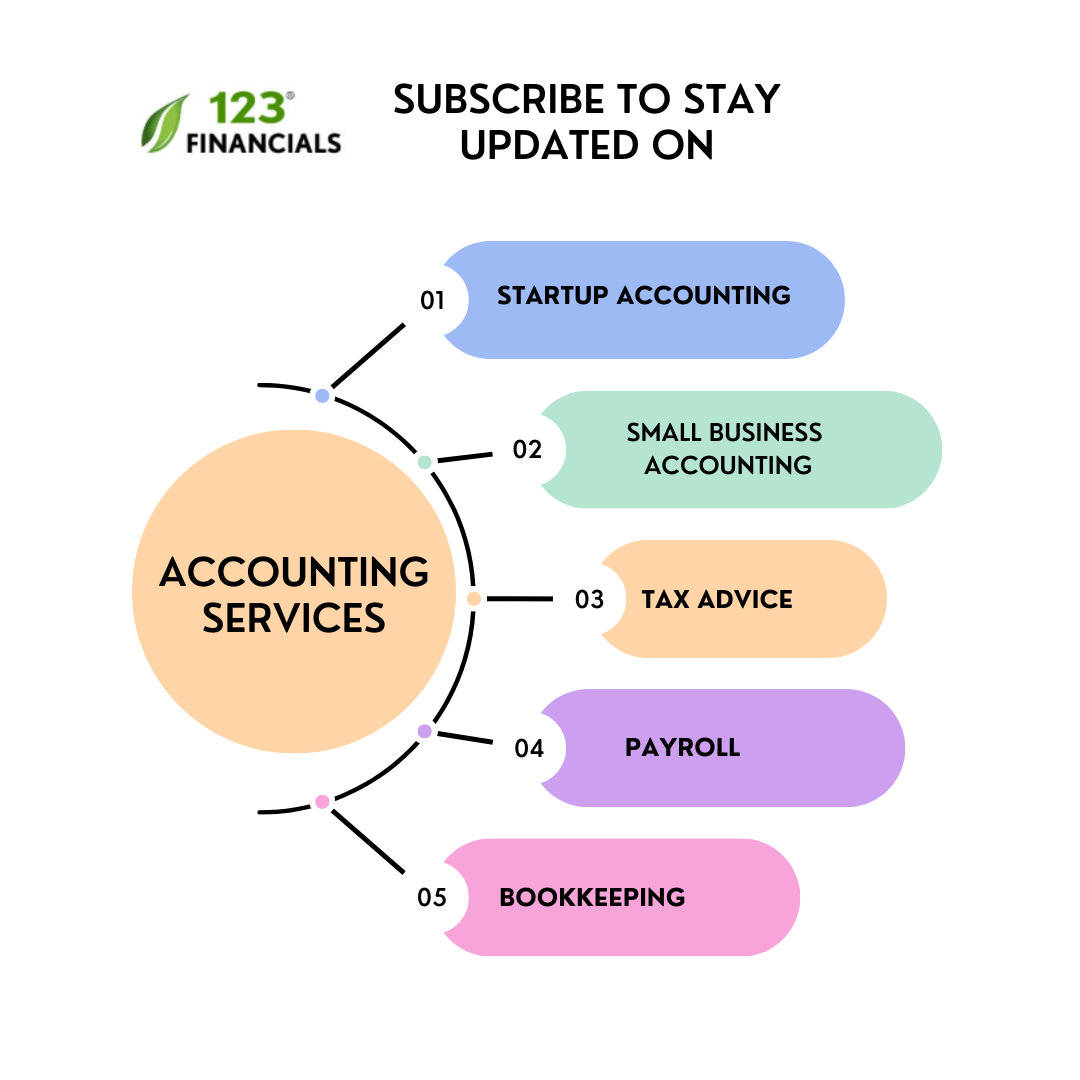A Personal Allowance is the portion of your annual earnings that doesn’t get hit with income tax. It is a tax allowance that is accessible to most UK residents. The personal allowance decreases the taxable earnings on which you pay income tax.
Any unused personal allowance cannot be carried backwards or forward to a different tax year. Understanding how personal allowance can reduce the overall taxable income may appear complicated.
So in this blog, we shall uncover what you need to know about personal tax allowance in 2022/23.
Table of contents
- Do I always have to pay tax on my income?
- What is a Personal Allowance?
- How much is the standard personal tax allowance?
- How can we apply for a Personal Allowance?
- Final thoughts
Personal Tax Accountant
Work with a London-based accountant for tax, accounting, payroll, & EIS/ SEIS needs.
Do I always have to pay taxes on my income?
Tax-free allowances decrease the amount of tax you must pay on your income.
There are two kinds:
- Allowances, which let you earn up to a particular amount before paying taxes
- Tax relief is something you can use to decrease your entire tax bill.
In this blogpost we will check out what personal allowance is in detail.
What is a Personal Allowance?
It refers to the amount of money you can earn every tax year before paying income tax.
The Personal Allowance for the tax year 2022–2023 is £12,570. Generally, you won’t owe any income tax if your income is below this threshold.
If you apply for Marriage Allowance or Blind Person’s Allowance, your Personal Allowance may increase or be less if you make a high income or owe tax from a previous year.
How much is the standard personal tax allowance?
For the year 2022–2023, the standard personal tax allowance amount is £12,570.
Any additional income you earn will be taxable. The number of taxes individuals pay after their personal allowance depends on how much they make in a tax year.
For instance, If your annual earnings exceed £100,000, the basic personal allowance decreases by £1 for each £2 you make over the £100,000 limit, regardless of age.
| Band | Taxable income | Tax rate |
| Personal Allowance | Up to £12,570 | 0% |
| Basic rate | £12,571 to £50,270 | 20% |
| Higher rate | £50,271 to £125,270 | 40% |
| Additional rate | More than £125,271 | 45% |
If your tax affairs are a bit more complicated, for instance, if you’re in a civil partnership or married and receive a marriage allowance or for income-related reasons or age-related, then your personal allowance works a bit differently.
Additionally, you can receive tax-free allowances for the following:
- your first £1,000 of earnings from self-employment
- your first £1,000 of earnings from the property you rent
How can we apply for Personal Allowance?
You can apply for Personal Allowance in various ways depending on your income.
If you’re self-employed and without any other sources of income, you subtract your Personal Allowance from your profit before calculating how much income tax to pay
When determining how much income tax to deduct from your salary as a salaried individual, your firm (employer) will apply your Personal Allowance to your salary, usually using payroll software. They do this with the help of your tax code.
Marriage allowance
Civil partners and married couples can request the transfer of 10% of their income tax personal allowance from each other.
Both partners must not be higher-rate taxpayers and cannot claim the married couple’s allowance to be eligible. But remember that the recipient will get a tax reduction instead of an increase in the personal allowance.
In the first year of marriage, couples will be eligible for the entire benefit.
Both parties must have been born on or after April 6, 1935.
The benefit will be up to £252 for couples when one member does not use their entire personal allowance. That sum is calculated using the personal allowance of £12,570 x 10% x 20% = £252.
Personal Tax Accountant
Work with a London-based accountant for tax, accounting, payroll, & EIS/ SEIS needs.
Blind person’s allowance
If you, your registered civil partner, or your spouse, have severely impaired sight or blindness, your personal tax allowance rises. If both of you qualify, each will receive the allowance.
The additional allowance in 2022–2023 is £2,600, bringing your overall tax allowance to £15,170. This is a rise from an additional allowance of £2,520 in 2020-21.
If you make less than this threshold, you can transfer any unused blind person’s allowance to your civil partner or spouse – this functions similarly to the marriage allowance.
Final thoughts
The points mentioned above will help you to know everything about your personal allowance. When you first enter the workforce, it might be challenging to understand how income tax works.
Understanding how income tax and Personal Allowance work will help you create a budget and determine whether you are being paid the correct amount.





















